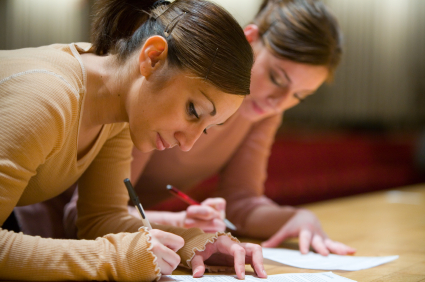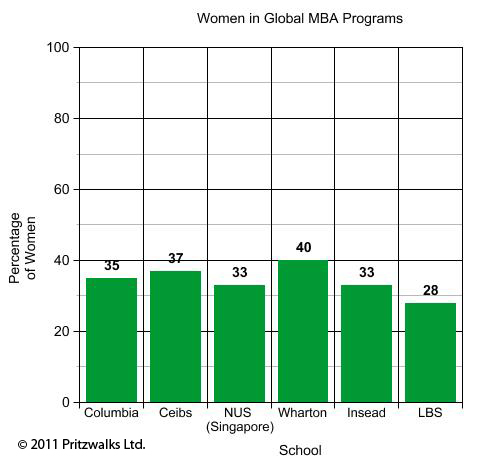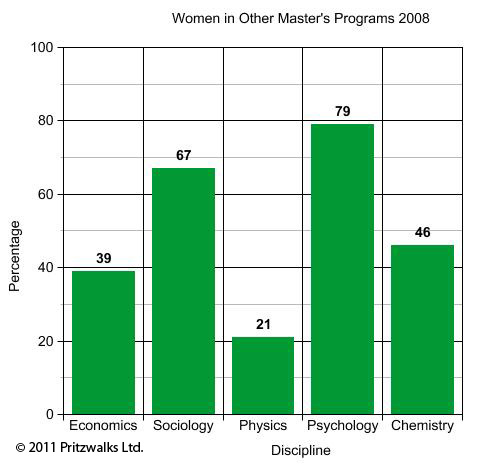 In a recent story in the Independent, Diane Morgan, the associate dean of the London Business School, said that she hopes to recruit more women in this year’s MBA recruitment process – so that women represent 30% of the total intake. While the increase is somewhat marginal (LBS’ percentage of women students is currently at 28%,) Morgan’s announcement does reflect a larger trend where business schools are beginning to appreciate the idea of gender diversity, and taking proactive steps to equalize the playing field.
In a recent story in the Independent, Diane Morgan, the associate dean of the London Business School, said that she hopes to recruit more women in this year’s MBA recruitment process – so that women represent 30% of the total intake. While the increase is somewhat marginal (LBS’ percentage of women students is currently at 28%,) Morgan’s announcement does reflect a larger trend where business schools are beginning to appreciate the idea of gender diversity, and taking proactive steps to equalize the playing field.
Let’s have a look at some numbers. This chart shows the percentage of women students from some top MBA programs from different regions (stats are from the associated current Financial Times ranking profiles):
This chart shows that, in terms of gender diversity, LBS trails some of the other schools, but not by much. In fact, many of the top programs clump around the 30% area, regardless of what part of the world they are in. Wharton is somewhat of an anomaly; and according to their website, their diversity is growing – the incoming class is made of up 45% women. And indeed, all of these schools show a growing shift in diversity – for the six programs listed above, there has been a growth in the number of women students of about 7.5% on average since 2005. Most strikingly, gender diversity at Insead has risen from 17% in 2006 to 33% currently. It might not be coincidence that Insead started a Gender Diversity Initiative in 2008.
Perhaps more interesting is putting these numbers in a larger context. This chart shows the percentage of women students in some other master’s degree programs (these are 2008 US statistics, provided by the National Science Foundation):
Not surprisingly, the “hard sciences” like economics and chemistry show similar diversity numbers to MBA programs, whereas in the “social sciences” like sociology and psychology, women outnumber men.

